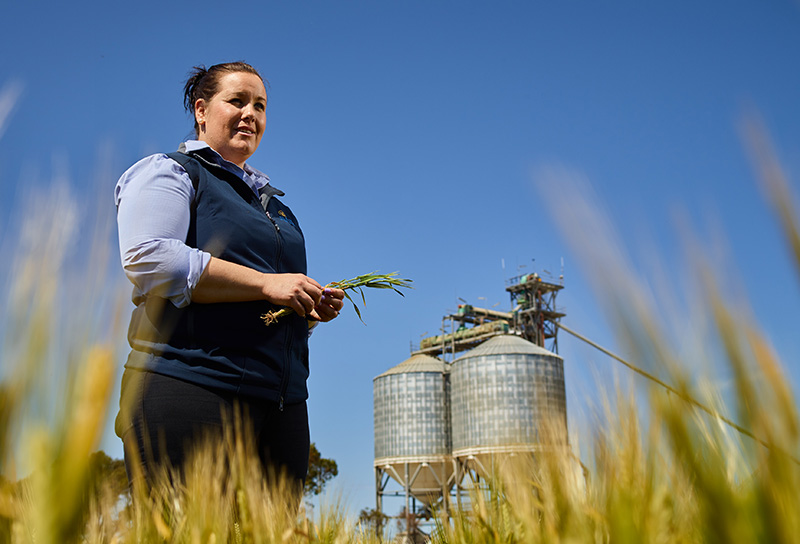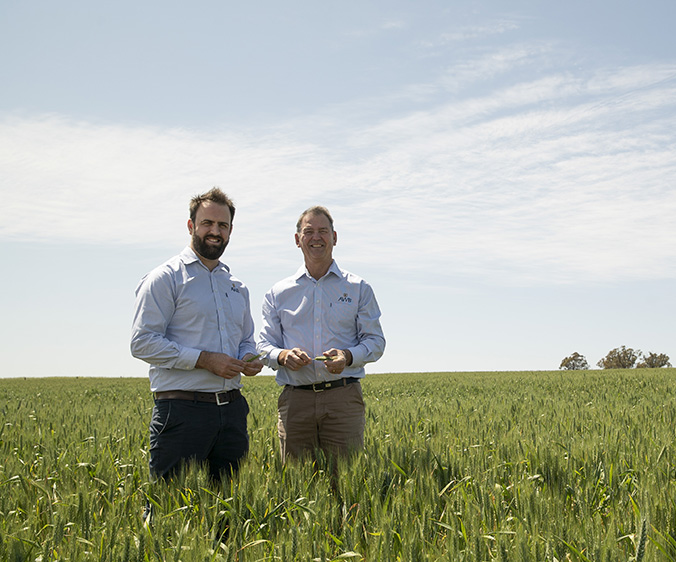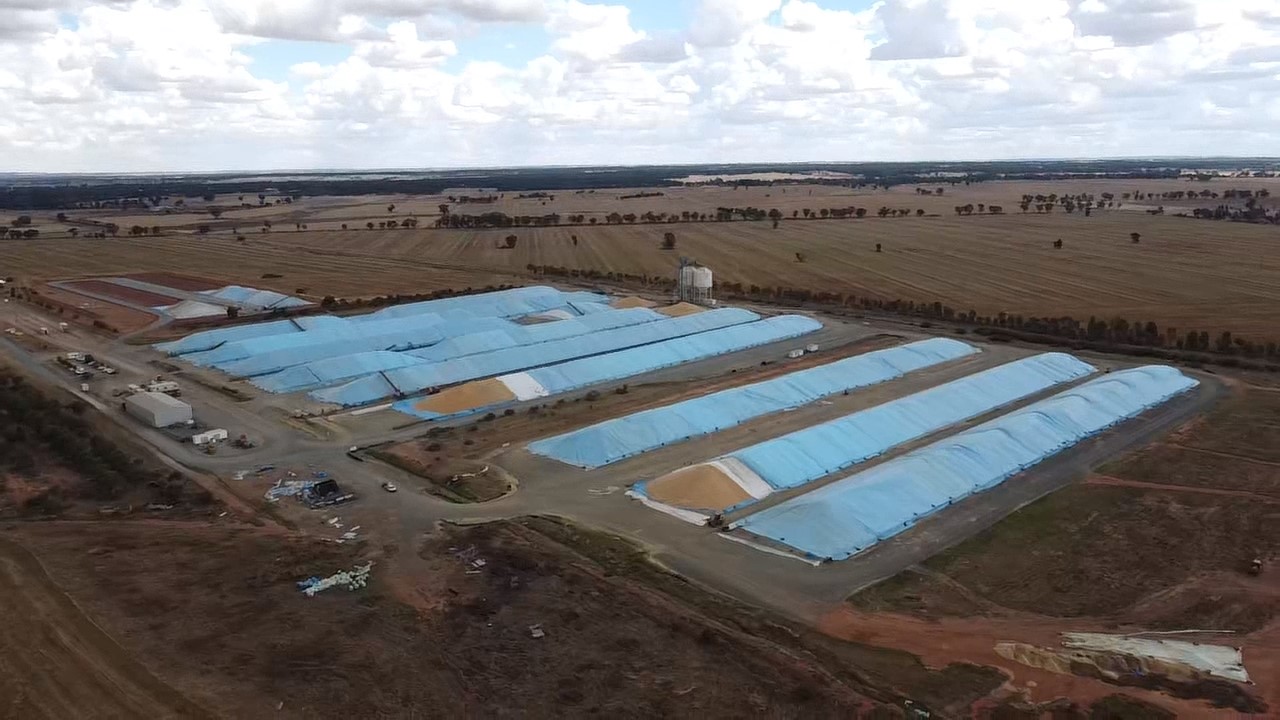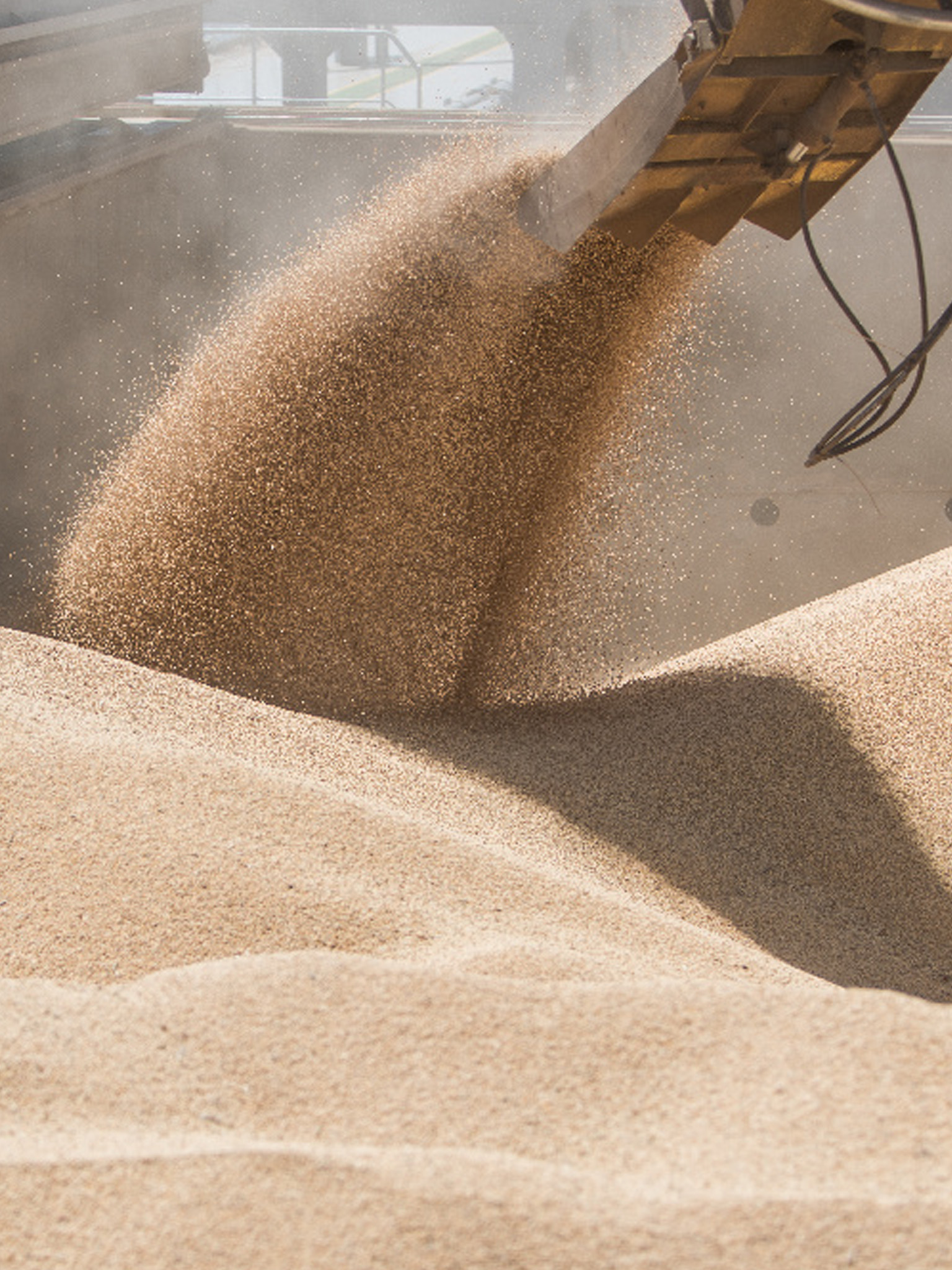Big exports puts the Australian supply chain to the test
Australia’s export infrastructure is facing one of its greatest tests with a near record crop on the East Coast and surging demand for Australian grain around the world. The size of the export task is between 24 and 25 million metric tonnes and the total work load for both rail and road, when adding in domestic movements, is between 36 and 37million metric tonnes. The question has to be asked, is our supply chain infrastructure up to the task?
We are all aware the last few years have been characterised by crippling drought, essentially grinding exports from the East Coast to a halt. Supply chains became inverted with the focus moving from exports to shifting grain around the country, primarily from South Australia and Western Australia to East Coast ports for drought feeding. Now at the end of 2020, we are facing the opposite situation, and the supply chain must now do a 180 degree turn to become the export focused machine it was built to be.
One of the biggest questions is going to be how the rail infrastructure in Australia will hold up, and whether the level of investment in recent years has been adequate for this aging asset. To put into perspective, the task ahead of rail in the coming year, rail activity is expected to be between 500%-1000% greater than the past few years. In response many have already turned to road transport, and this is reflected in the increased road use and road freight charges currently being applied.
Another task of the supply chain is rail pathing and access given the surge in demand for rail. The onus is on rail track managers in all states to ensure existing paths are utilized efficiently and this will be especially challenging with upcoming inland rail works through parts of New South Wales. Like many other rural industries, labour is becoming an issue and it is no different for rail. Crews are in short supply given the drought of previous years and the ability to scale up quickly isn’t an easy task. This is also a potential good news story for the sector. Truck and train operators are actively recruiting, creating jobs in rural and regional Australia. Add to this the recruitment at storage and handling facilities and you have an extremely strong jobs market and a brighter future to attract people to the sector and stimulate regional economies.
We are only just starting to hit peak exports and this is expected to last at least six months before Northern Hemisphere grains come onto the market. How will the supply chain hold up? One thing is certain, which is a big positive, is that all supply chain operators are aware of the challenges and are working collaboratively to be as efficient as they can be, be they operators of rail, road and ports. Many storage and handling assets, like GrainFlow, have invested in their rail loading network over the years, and will benefit from this investment through the season. We can also take comfort from the fact that exporters of grain are also increasingly expert and efficient in managing their supply chain to deliver for customers.
Every challenge brings an opportunity to improve and perhaps this is the year Australia’s rail infrastructure gets the attention it deserves.
SA Market Wrap - December

As harvest slowly starts to wind down, it was great to see the drama field year that was 2020 end on a positive note.
Read MoreWA Market Wrap - December

With the 2020 harvest quickly drawing to a close, the surprises for the year have kept coming, albeit this time for most its certainly been an agreeable one with yields undoubtedly better than expected in most cases.
Read MoreMaking mountains at West Wyalong

Before harvest, site supervisor at Cargill’s GrainFlow site at West Wyalong, Alan Cooper, bought a drone with aerial photography. It turned out to be a canny purchase allowing Alan to capture one of the most memorable harvests in recent memory.
Read MoreSurging exports a boom for brand Australia

2020 has been a forgettable year for lots of reasons, from bushfires to Covid-19. But the year is shaping up to be completely memorable as one of the best cropping seasons in recent times.
Read More